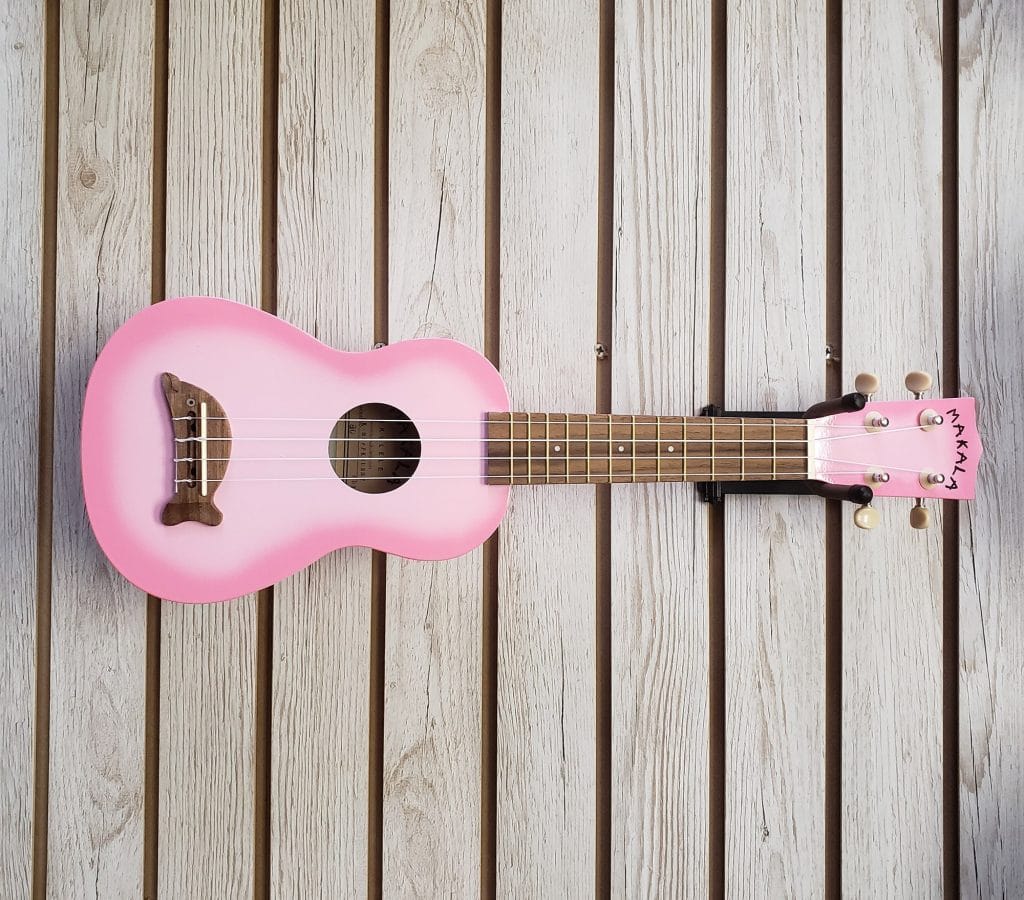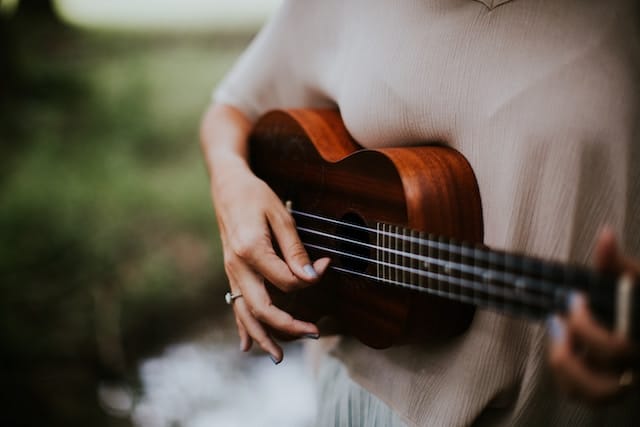Features to consider when buying a premium ukulele under $500
Depending on your level of experience and your expectations, you’re going to need to prioritize the different features in this guide to differing degrees. Here, we are going to take a closer look at the types of ukuleles and the materials used during the construction. We will discuss some important parts of the instruments as fretboards and tuners and will mention other useful features. Try to stick to the things you really need when you’re making your decision.
Type of the ukuleles
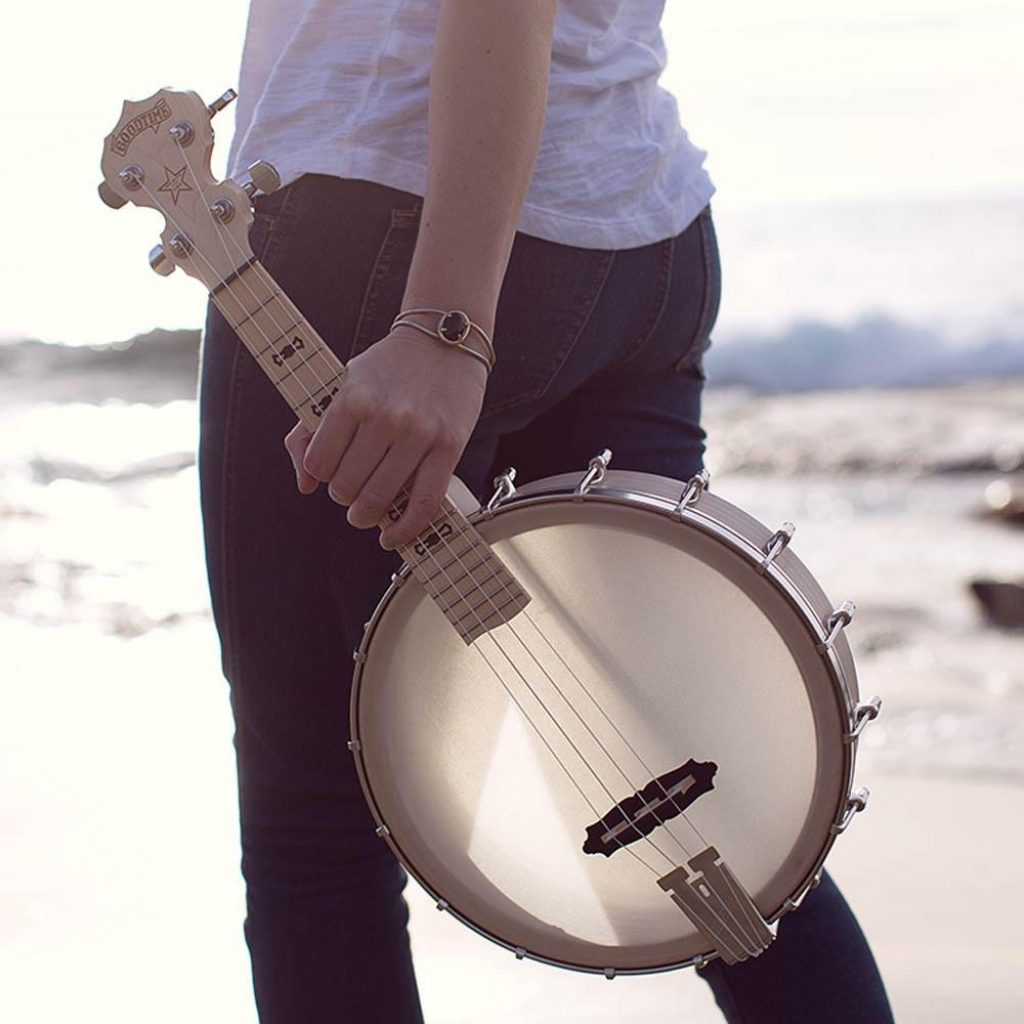 There are many types of ukulele out there, although many look the same at first glance. Depending on how you want your uke to sound, you might stick to looking at just tenor ukuleles or baritone ukuleles for a deeper sound or seek out the best soprano ukulele under $500 if you’d rather find an instrument with a high-pitched tone.
There are many types of ukulele out there, although many look the same at first glance. Depending on how you want your uke to sound, you might stick to looking at just tenor ukuleles or baritone ukuleles for a deeper sound or seek out the best soprano ukulele under $500 if you’d rather find an instrument with a high-pitched tone.
Hybrid instruments are widely available these days, and many people seek out banjoleles, which offer some of the benefits of both banjos and ukes – as the name suggests. The Deering Goodtime Banjo Concert Scale Ukulele is a perfect example of a banjolele.
Those who wish to use a uke to practice at home, but also regularly perform music in a band or solo may look to the broad range of semi-acoustic instruments out there. A semi-acoustic uke can be played via an amplifier or used as an acoustic instrument. Some ukes, such as the Luna Uke Dolphin Concert Flame Top A/E – Trans Blue, have a built-in preamp.
Materials
You’ll see many types of woods and materials on our list of the best ukuleles for under $500, including maple, rosewood, mahogany, bamboo and brass. Some musicians swear by natural materials when it comes to music and sound. The truth is, you’ll have your own ideas about what sounds and feels great. In general, if you’re using wood, hardwoods offer more durability and strength than softwoods.
Even the most expertly-crafted uke won’t last too long if it’s made from inferior quality materials, so it’s always worth paying attention to what the manufacturer has selected to fashion your uke from.
Frets
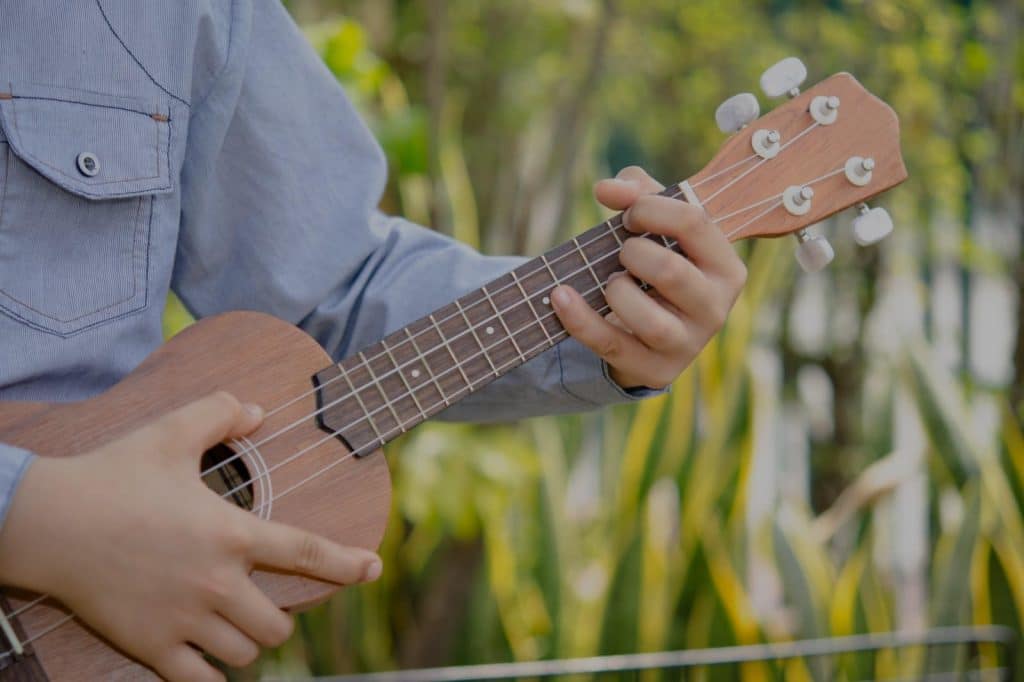 The number of frets on a uke will influence the range of the instrument. The more frets, the wider the range of notes available, and professional players will look for ukes with enough frets to give a broad range. Materials are also important when it comes to fretboards. You’ll find them made from different materials, such as walnut in the case of the excellent Kala KA-SA-T and the beautiful Luna Uke Dolphin Concert Flame Top, or rosewood in the case of the Martin 0X Bamboo Natural Ukulele.
The number of frets on a uke will influence the range of the instrument. The more frets, the wider the range of notes available, and professional players will look for ukes with enough frets to give a broad range. Materials are also important when it comes to fretboards. You’ll find them made from different materials, such as walnut in the case of the excellent Kala KA-SA-T and the beautiful Luna Uke Dolphin Concert Flame Top, or rosewood in the case of the Martin 0X Bamboo Natural Ukulele.
Tuners
Tuners can have a massive influence on how good or bad a uke sounds when you play it. To sound great, you really need to stay in tune, and the effectiveness of a tuner will depend on how it has been made. Some ukes on the market employ solid tuners, which are stronger and more accurate in terms of adjustments than their counterparts, which are manufactured of flimsier or hollow materials. The Cordoba 30T is an excellent example of a ukulele with a solid tuning system, and it doesn’t cost the earth. Other ukes on the market feature open-back tuners, and a good example of this is the Lanikai Quilted Maple Blue Stain Concert Ukulele.
Open-back tuners are widely regarded as being finer and more accurate than other types.
Color
 If you intend to be seen often in public with your new uke, you may want to give the finish and color of the instrument some thoughts. Some manufacturers go to great lengths to design and build them to look very cool on stage. Color can have a massive impact on an audience and really make for a memorable performance.
If you intend to be seen often in public with your new uke, you may want to give the finish and color of the instrument some thoughts. Some manufacturers go to great lengths to design and build them to look very cool on stage. Color can have a massive impact on an audience and really make for a memorable performance.
When it comes to finish types, ukuleles offer some truly stunning options. Take the Kala KA-SA-T, for example. That’s a more traditional looking instrument that wouldn’t look out of place at a folk gig, with its hues of polished acacia, mahogany, walnut, and maple – that uke looks natural and attractive.
If you’d rather go for more of a contemporary look – and why not – the excellent Lanikai Ukulele comes in a surf-style blue finish that will really catch the eye of anyone that sees it. You can even go retro and buy something like the Gold Tone Resouke, which has a brushed aluminum color and a very old-school appearance.
What else should I look at?
You’ll need to consider the vast array of extras and accessories out there when you are looking to buy a uke for yourself. Some of the items available are only really needed if you’re a gigging musician, or someone who intends to travel often with their uke, or even just wants to go to a friend’s place for practice. Think about getting an instrument with a gig bag or hard case.
In terms of additional accessories, some are essential. Quality strings significantly affect the sound of an instrument, and you may want to upgrade them immediately as the package arrives.
Strings are something you will need to consider at some point, as they can break or just become dull during normal use. It’s recommended to have a set of extra strings at hand.
Whatever you are buying, it’s always worth taking a look at the warranty offered. A decent warranty often signals quality, and it’s great to have some insurance for when things go wrong. In fact, for some, the best uke under $500 might be the one they can afford to repair.






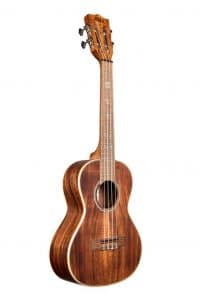
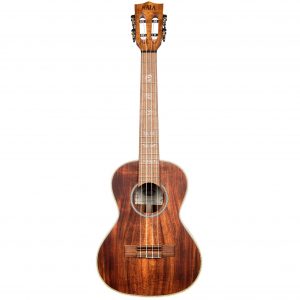
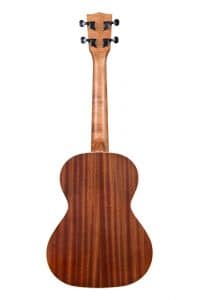
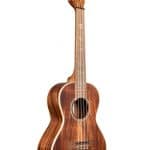

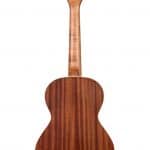
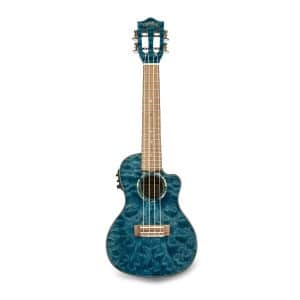
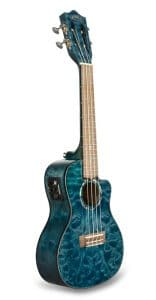
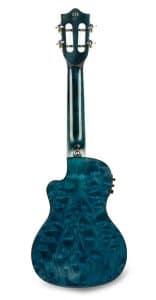
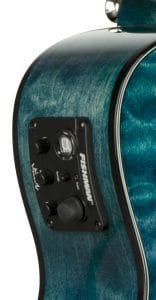
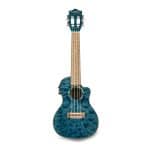
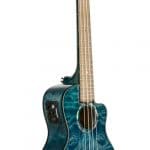
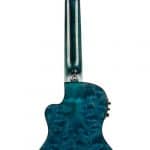
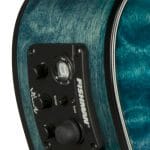
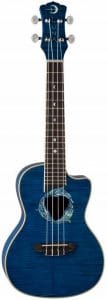
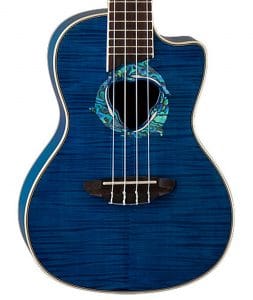
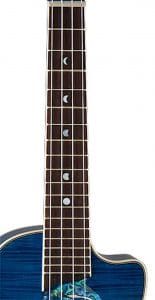


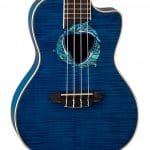
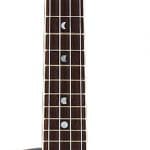
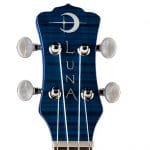


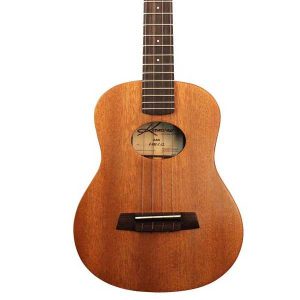
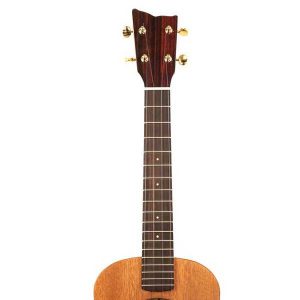
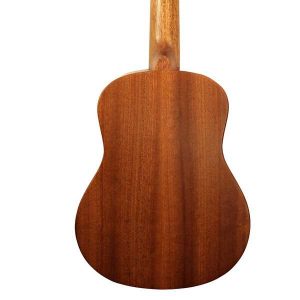

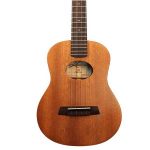
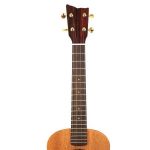
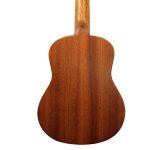
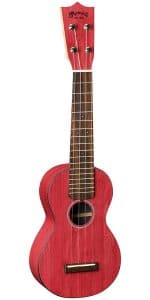

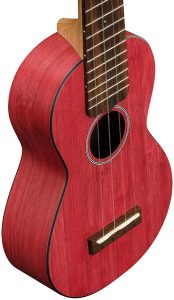
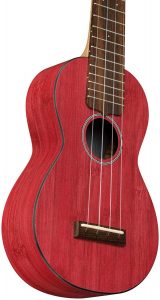
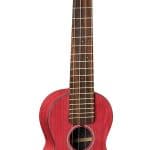
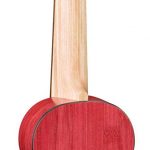
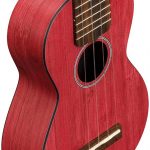
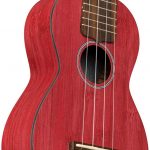
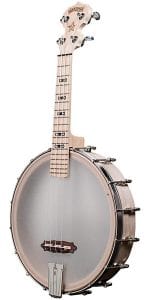
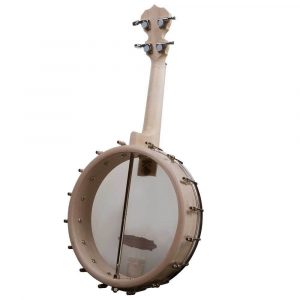
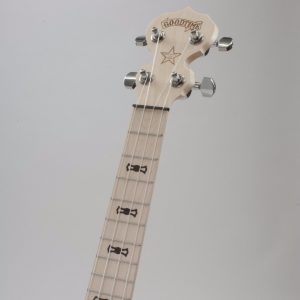
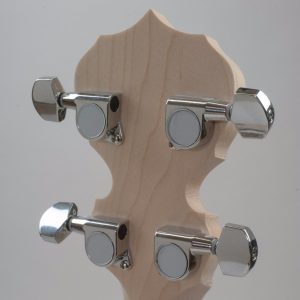
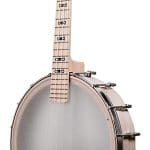
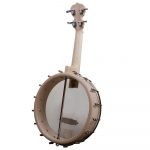

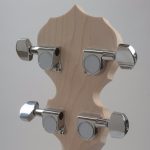
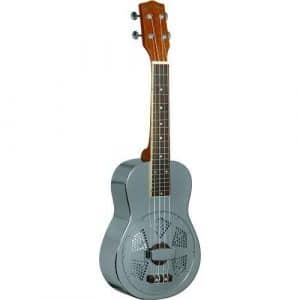
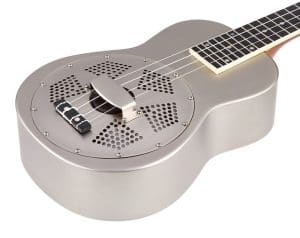
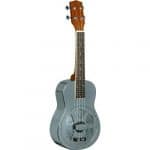

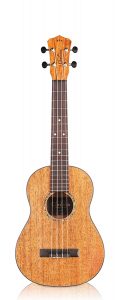

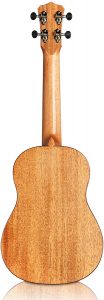
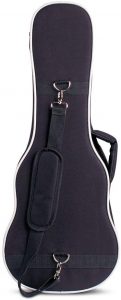
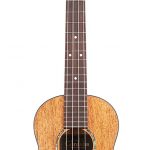

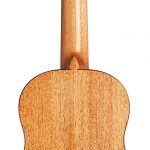
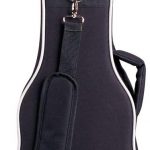
 There are many types of ukulele out there, although many look the same at first glance. Depending on how you want your uke to sound, you might stick to looking at just
There are many types of ukulele out there, although many look the same at first glance. Depending on how you want your uke to sound, you might stick to looking at just  The number of frets on a uke will influence the range of the instrument. The more frets, the wider the range of notes available, and professional players will look for ukes with enough frets to give a broad range. Materials are also important when it comes to fretboards. You’ll find them made from different materials, such as walnut in the case of the excellent
The number of frets on a uke will influence the range of the instrument. The more frets, the wider the range of notes available, and professional players will look for ukes with enough frets to give a broad range. Materials are also important when it comes to fretboards. You’ll find them made from different materials, such as walnut in the case of the excellent  If you intend to be seen often in public with your new uke, you may want to give the finish and color of the instrument some thoughts. Some manufacturers go to great lengths to design and build them to look very cool on stage. Color can have a massive impact on an audience and really make for a memorable performance.
If you intend to be seen often in public with your new uke, you may want to give the finish and color of the instrument some thoughts. Some manufacturers go to great lengths to design and build them to look very cool on stage. Color can have a massive impact on an audience and really make for a memorable performance.








